(767 products available)











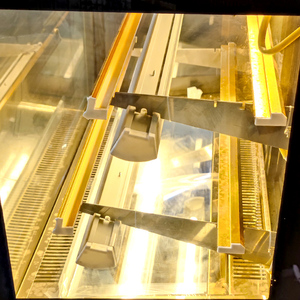

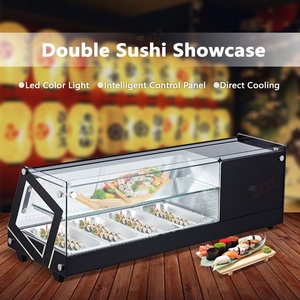
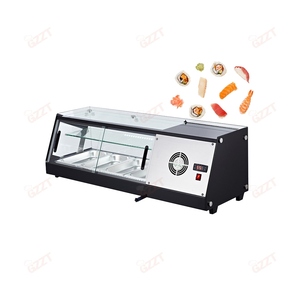













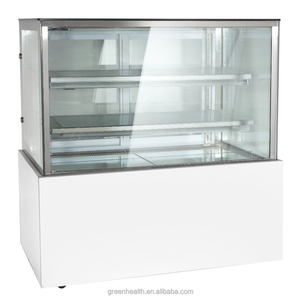

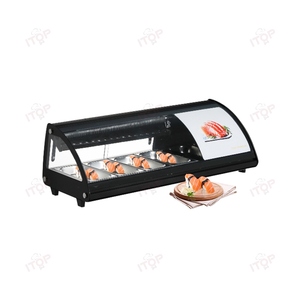

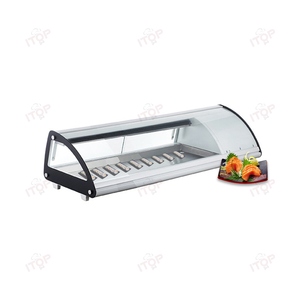

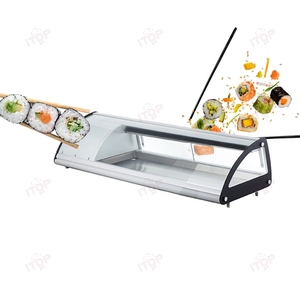





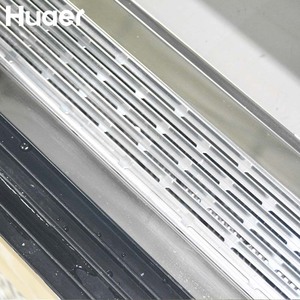
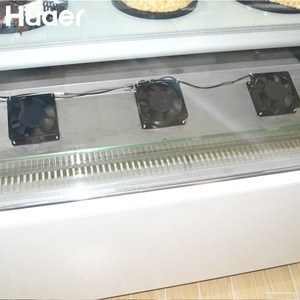


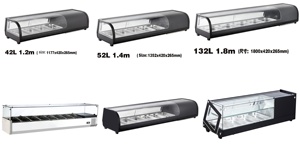





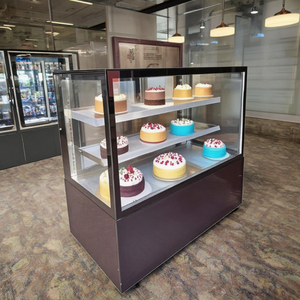


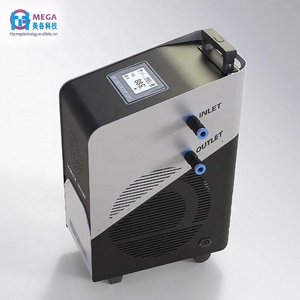


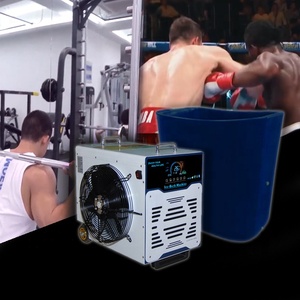
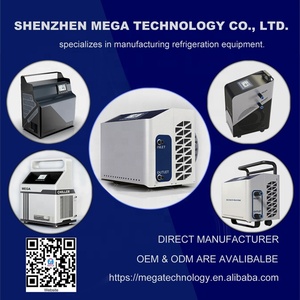



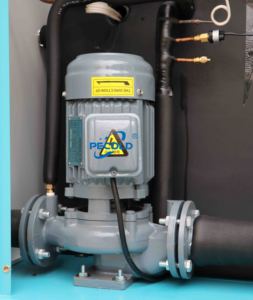


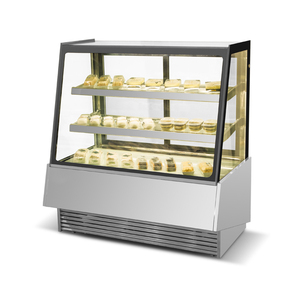






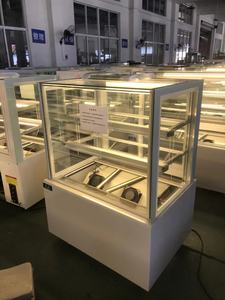




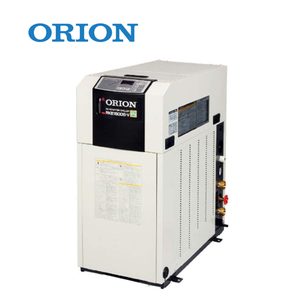
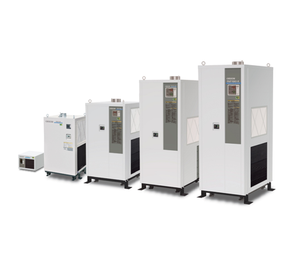



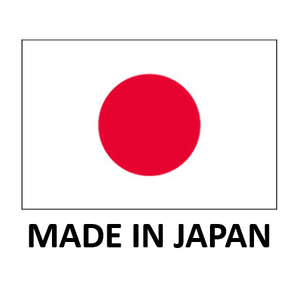






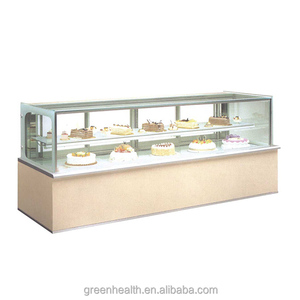







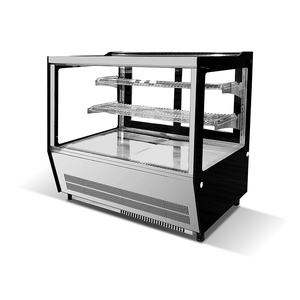



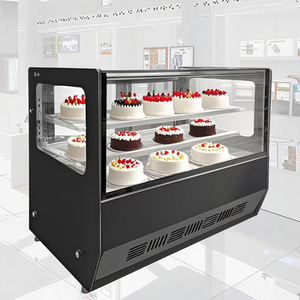

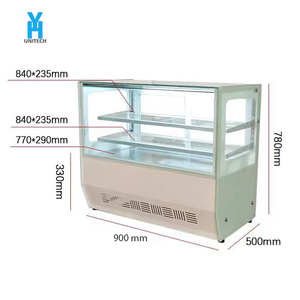
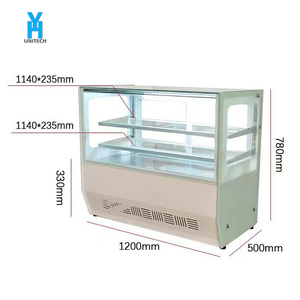








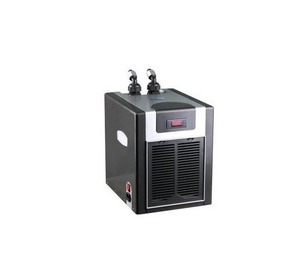


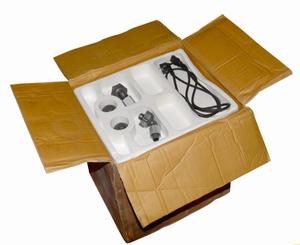
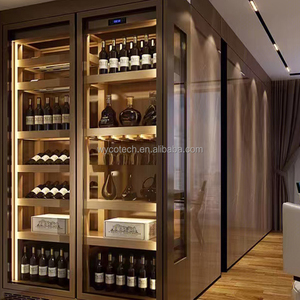

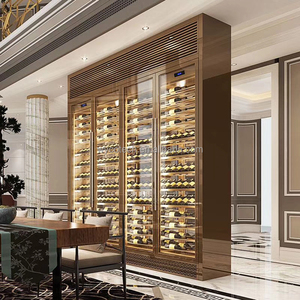


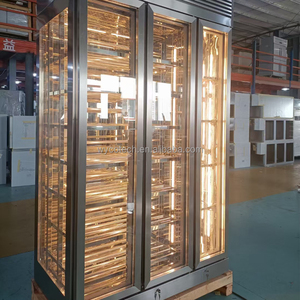




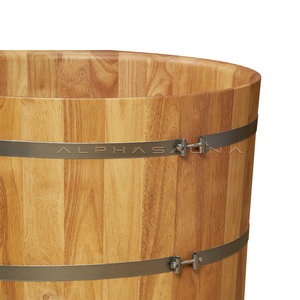

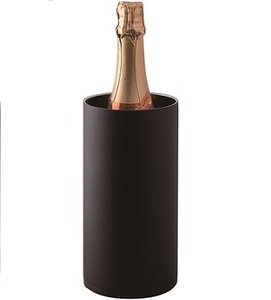

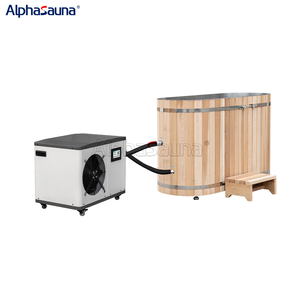

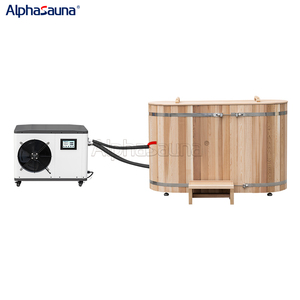







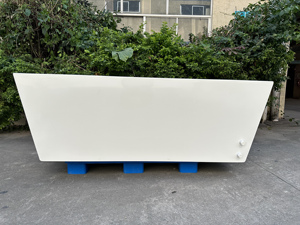

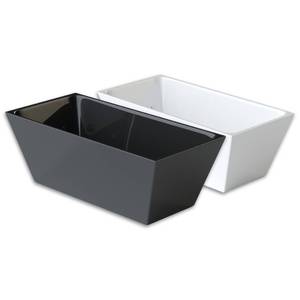
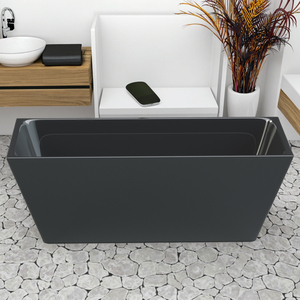

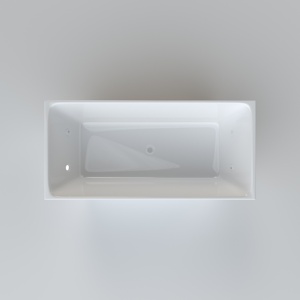


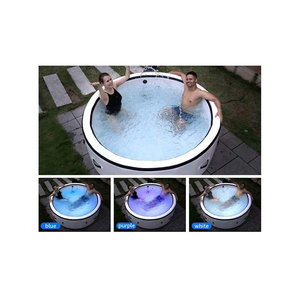

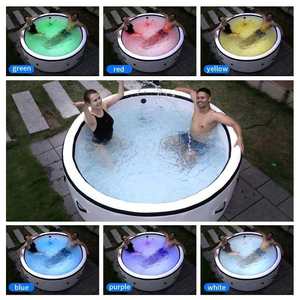

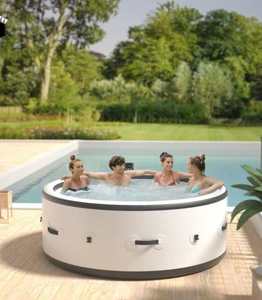

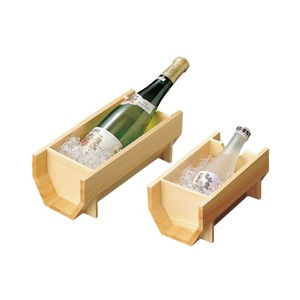

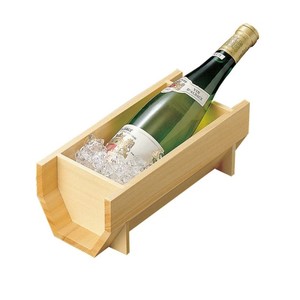





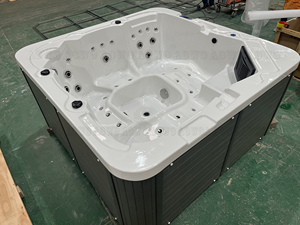
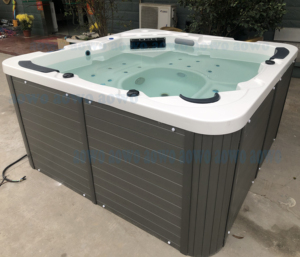











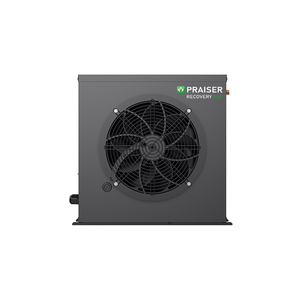





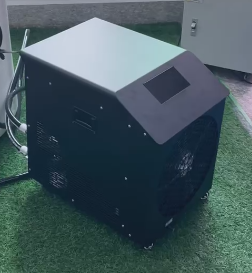




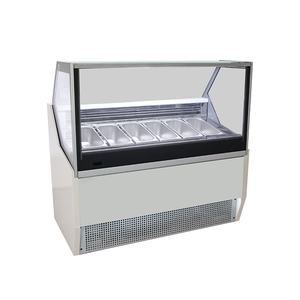

A Japan chiller is a machine that cools substances through heat removal via evaporated refrigerants. The following are types of chillers based on various factors like design, functioning, applications, etc.
The chiller's efficiency in cooling products and maintaining optimal temperatures is often linked to its specifications. Understanding the specifications of a proper air chiller are critical for making the right selection.
Correct maintenance ensures the Japanese chiller works well and lasts long. Regular maintenance prevents the machine parts from wearing or tearing. Schedule regular inspections to look for faults. Keep an eye on the refrigerant levels. If there is a leak, promptly fix it to avoid using too much energy. Always check the electric connections of the chiller to ensure they are stable and safe to use. Wipe the condenser coils to remove dirt and debris that have built up. Do not forget to carry out the periodic oiling and greasing of moving parts. Store the chiller in a well-ventilated space away from direct sunlight to prevent overheating. A ventilated space will also prevent the machine from using too much power. Following these simple maintenance tips will ensure the long-term service of the cooling appliance.
A wide range of industries and applications use Japanese chillers. Here are some of the typical usage scenarios of these refrigeration devices.
Industrial Cooling
The food and beverage industry uses evaporative cooling products in process cooling applications. For instance, breweries use chillers to maintain fermentation at optimal temperature precisely. In the chemicals and petrochemicals domain, these cooling machines support plant processes by regulating reaction temperatures. Plastics and metal fabrication manufacturers deploy chillers to cool injection molds, cutting tools, and CNC machines, among others. This helps to improve product quality and decrease defects that are often caused by thermal distortions.
HVAC
The chiller serves as the brain behind any commercial air conditioning systems because it dictates how much refrigerant should be allowed in the loop to remove heat and achieve the desired indoor climate for optimal comfort. Next, the machine provides temperature control for buildings and other facilities like hotels, offices, hospitals, and shopping malls. Japanese chillers, particularly those with high efficiency, are often chosen for their ability to conserve energy in large central A/C systems
Food Processing and Cold Storage
In the food processing industry, chillers help to lower the temperature of freshly harvested fruits and vegetables to extend their shelf life. This enhances preservation and maintains the natural and fresh flavor. Chillers are key components of cold storage facilities. They provide refrigeration to maintain low temperatures and ensure that perishable goods like frozen food, dairy products, and medicines are safely stored.
Plastic and Product Manufacturing
Chillers pump coolant fluid to cool down molds quickly during the injection molding process in the plastics industry. This enhances cycle times in the method and improves overall productivity. Water chillers regulate and sustain process temperatures in electronics manufacturing during the assembly of sensitive components such as semiconductors, circuit boards, and LCD panels. Precise temperature control is required to prevent defects and maintain the quality.
Laser Cooling
Lasers cool their laser source and optical components using laser chillers. They also manage the laser's heat generated during the operation of the laser system. This enhances stability, precision, and optimal performance.
There are many ways to choose a suitable Japanese chiller system. In fact, there may be a range of selection methods depending on the purpose of usage as well as the industrial application of the chiller.
Initially, it is important to determine the primary purpose of the desired chiller system. What industries require chillers are some of the questions to consider while determining the purpose of the ideal chiller. For instance, in the food and beverage industry, precise temperature control is necessary for everything ranging from fermentation to storage and processing. Here, applicants may decide to choose a Japanese chiller with an adequate temperature control feature.
Moreover, determining the type of coolant can help narrow down the process of selecting a suitable chiller system. Generally, different types of coolants can be utilized, including water, ethylene glycol, or propylene glycol. Each option has its distinct thermal conductivity, environmental impact, and regulatory considerations.
It is important to analyze which type of chiller is energy efficient as well as cost-effective. Focusing on factors like cooling capacity, operating temperature, maintenance requirements, and energy efficiency can be taken into consideration to ensure a sound and successful investment.
Furthermore, considering the size and space constraints of the industry where the chiller will be utilized can be an essential aspect of choosing the proper chiller system. This is because some industrial facilities have restrictions on the size and space, thus, needing a compact chiller system to ensure optimal performance.
Lastly, businesses may also consider whether to bear the maintenance and servicing costs of the chiller in the long run. Some businesses prefer to choose a durable system that will not require extensive maintenance and service for several years, while others have the capacity to bear the service costs. This may also affect the selection method for a suitable chiller system.
Q1: How does a chiller work?
A1: A chiller reduces the temperature of a liquid through a vapor-compression or absorption process. In the vapor-compression chillers, the refrigerant evaporates to absorb heat, raising its temperature. Then, it is compressed into a gas. During this process, it releases heat into the environment. Once the gas cools and condenses back into a liquid, it circulates through the system to absorb heat and start the process again. The absorption chillers work similarly but use heat energy to drive the refrigeration cycle.
Q2: What is the difference between air-cooled and water-cooled chillers?
A2: An air-cooled chiller uses ambient air to dissipate heat. They are typically placed outdoors. On the contrary, a water-cooled chiller uses water to reject heat. They are often used in large commercial buildings for air conditioning applications. Water-cooled chillers are more efficient but also require more maintenance compared to air-cooled ones.
Q3: How long do chillers last?
A3: On average, a chiller can last up to 15 to 20 years with proper maintenance and care.